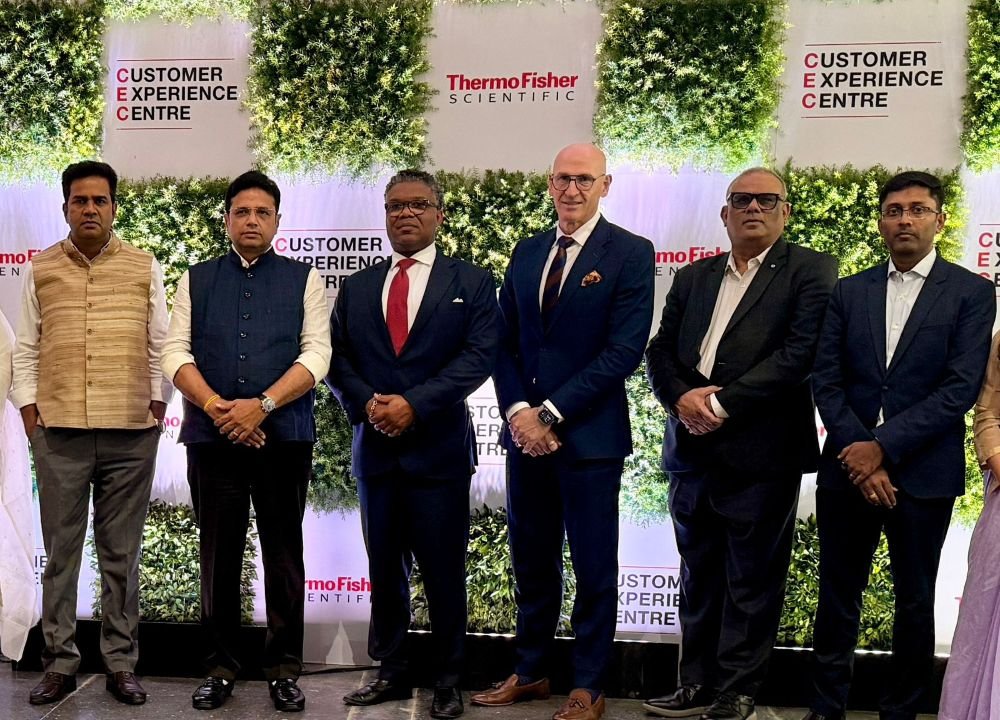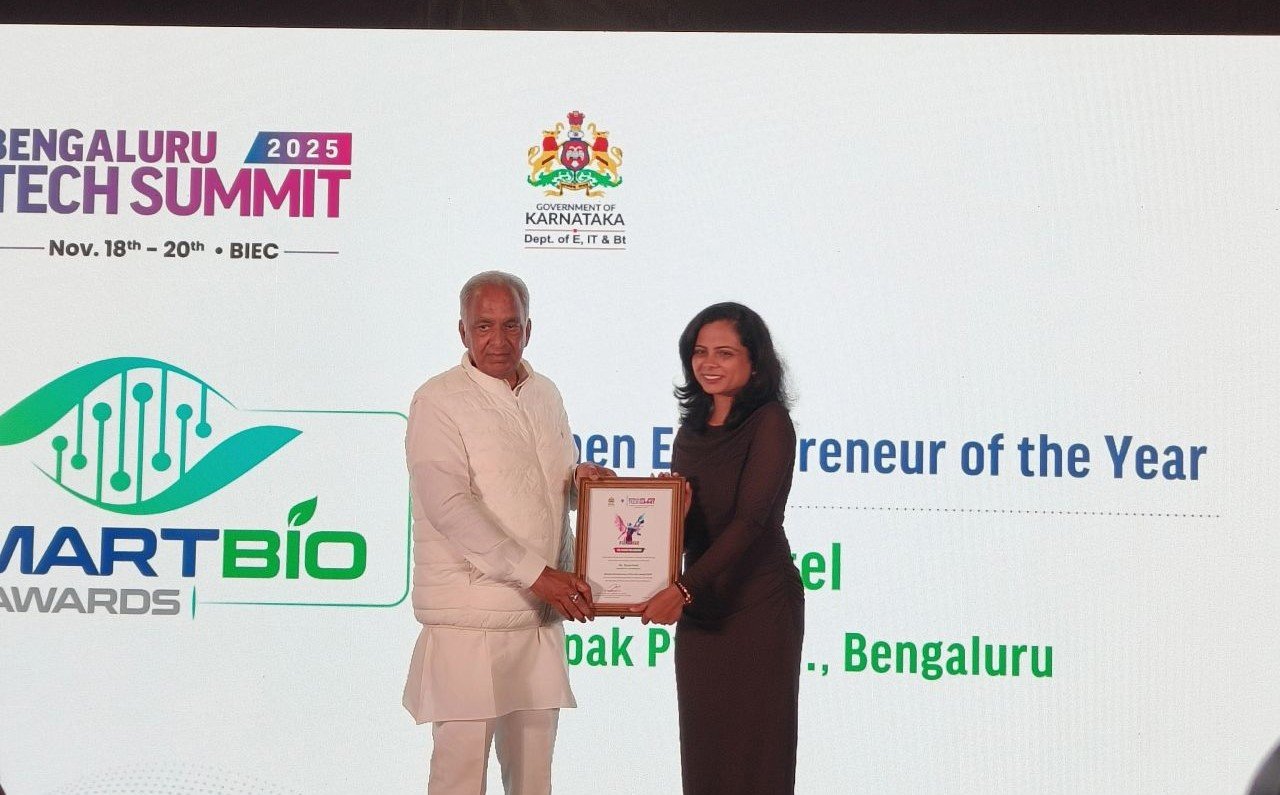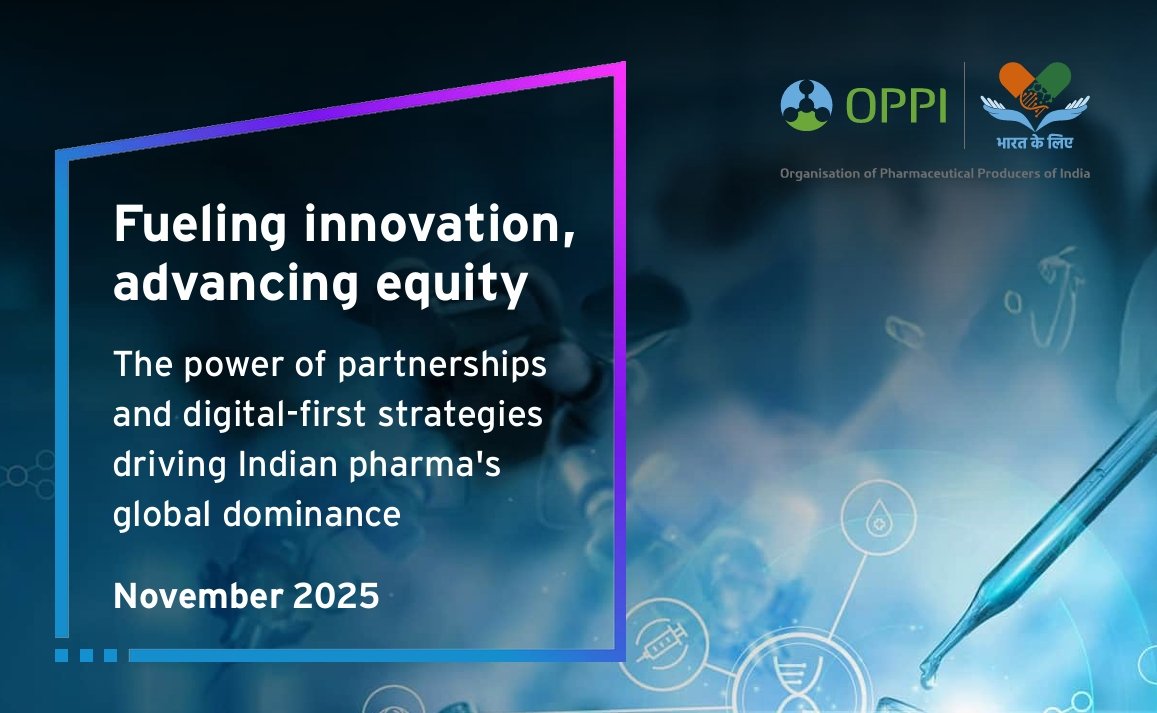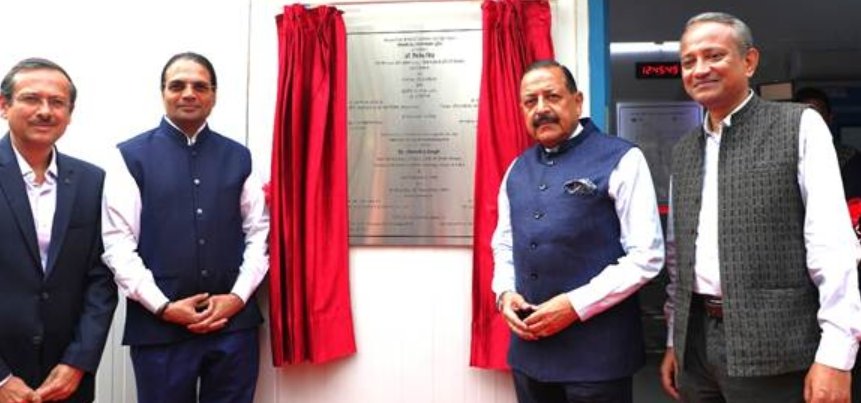The recent parliamentary committee report has concluded that “In case of transgenics in agriculture crops in India, the experience of last decade has conclusively shown that while it has extensively benefited the industry, so far as the lot of poor farmers is concerned, even the trickle down is not visible. The committee, therefore, unanimously recommend that till all the concerns voiced in this report are fully addressed and decisive action is taken by the government with at most promptitude, to put in place all regulatory, monitoring, oversight, surveillance and other structures, further research and development on transgenics in agricultural crops should only be done in strict containment and field trials under any garb should be discontinued forthwith.�
Field trials are essential
While, the stakeholders are already reeling under the onslaught of Bt brinjal embargo, this recommendation, if accepted, would sound a death-knell to the GM technology option. Already, scientists, students and indigenous agri-based companies are very reluctant to make investments in terms of effort, research and money in the field. It is suicidal for a developing country like India to lose a technology option. I do hope that the committee consisting of 31 honorable members of parliament discussed this report in depth. I was disappointed to note that on the day of my deposition before the committee, around five members only, including the chairman, were present. May be more important people had a larger audience! It is ironical that the negative report is essentially based on the experience with Bt cotton, projected as a success story. There is no point in analyzing the “for and against� arguments any more, since the debate has become, “what you say versus what I say� and the subject has been discussed ad
nauseam.
The committee has painstakingly compiled depositions from almost all stake holders, except perhaps, a few actual researchers, students and bioagri companies. I have found the younger generation to appreciate the power of GM technology, often asking the question, “What are you waiting for?� In general, the negative depositions are described in greater detail than the positive ones. More striking is the fact that, the committee's conclusions are essentially based on the negative inputs rather than on positive inputs, indicating absence of an open mind to start with. It is unfortunate that the committee has under estimated as to what is required to get a successful transgenic crop in the field. It would take five to six years for a successful transgenic to make it from the glass house to the field, and in the glass houses they can only be a show piece, where there is no guarantee that the transgenic will be a success in the field as well. The transgenic could suffer from yield penalty and not satisfy several other features of an agricultural product.
A few examples would be in order to explain the short-sightedness of the committee. Based on Vidharba experience and fortified by one-sided depositions, the committee concludes that Bt cotton has only benefited the seed company and there has been no trickle-down effect on the farmer. Let me quote from another report.
The survey by Council for Social Development (commissioned by Bharat Krishak Samaj, Study on Socio-Economic Impact Assessment of Bt Cotton in India, 2012) stated that, “The average net returns from Bt cotton at the all India level was

65,307.82 per hectare. The net returns were scale neutral across farm size classes. Further, it was also found that the total income or net returns from Bt cotton was much higher than income from other non-farm sources. It further stated that, “The field survey also documented the effect of increased returns from Bt cotton on the livelihood status of farmers and landless laborers. On an average 85 percent farmers and landless laborers invested in better quality education for their children, 77 percent reported intake of high value and nutritious food, 70 percent in recreation and social functions, 75 percent on health of their family members and 64 percent on health of livestock.� International Food Policy Research Institute (IFPRI) has discredited any correlation between farmer suicides and Bt cotton cultivation.
Marker-free transgenics
The parliamentary committee has only chosen to highlight the activists' point of view. The deposition of CSIR opting for marker-free transgenics and marker-assisted selection (MAS) over transgenics is pitted against the stand of DBT/DST/ICAR. At the same time the committee has not appreciated the extensive literature on the remote possibility of antibiotic markers used in transgene selection, contributing to antibiotic resistance in the population. Everyone knows that antibiotic resistance is actually caused by indiscriminate use of antibiotics by the clinicians and self-medication. Even so research (if it survives) in the country has already shifted to obtaining marker-free transgenics.
The committee could have recommended that no more transgenics should be allowed with antibiotic selection markers and the presently developed Bt brinjal should be replaced with marker-free selection in three years, if ever it would be permitted for commercialization. It is well known that while MAS is one of the options, parent germplasms with appropriate traits should be available and accessible in nature. It might have worked for blight disease in rice, but to get appropriate mapping populations for different traits needs luck and huge exercise. The committee has not realized that transgenic approach can easily blend with MAS. Thus one can have high protein maize by MAS, fortified with Beta-carotene (vitamin A precursor) using a transgenic approach.
The committee has not even realized that research institutions in India are working on transgenics with gene transfer from plant to plant and not from any exotic microorganism. Research is underway to tackle minor pests and abiotic stress, which is the scientific approach to sustain higher yields along with appropriate agricultural practices. Pages are devoted to the deposition against the functioning of genetic engineering approval committee (GEAC), including personal allegations of complicity with industry. It is not clear whether GEAC was given an opportunity to rebut the charges. The committee has criticized the “cavalier� attitude of GEAC and it is an insult to all the scientist members of the committee. Minimally, the committee could have looked at the detailed analysis by the Foundation for Biotechnology Awareness and Education entitled, “Moratorium on Bt Brinjal-A review of the order of MOEFs,� where every criticism has been dealt with point by point. Again, the report from David Andow, a career-critic of transgenic technology, on the inadequacy of the Bt brinjal trial is extensively quoted. I wish the committee had also sought a report from Gurdev Kush, who is the recipient of the world food prize and has contributed to the development of 300 innovative varieties of rice. Citing the stand of leading scientific institutions such as the National Academy of Sciences (US) and the British Medical Association, he has argued that the concerns being voiced over the safety and environmental sustainability of GM foods or that it led to loss of biodiversity or gene pollution was “baseless, exaggerated and mere fear-mongering�.
It is indeed true that this biodiversity card is over played in the context of vertical and horizontal transfer of genes in evolution. There is no pure plant genome as such in nature. Again, farmers would only go for the hybrid or a variety that gives maximum yield, transgenic or otherwise. Biodiversity is destroyed by human greed and not by transgenic crops. In fact, Bt gene has been introduced into every cultivated variety of cotton and that is a better strategy for conservation.
| 
|
I am surprised that the committee did not seek or get a report from M S Swaminathan, the leading agriculture expert in the country. Suddenly the committee becomes “laymen� in cautioning about unauthenticated reports of Bt cotton toxicity to animals, but does not look into massive published reports or the trial data with Bt brinjal, on its safety. More than all the scientific evidence, the committee fails to take cognizance of the fact that Bt corn is being consumed by millions across the globe for over a decade and it is difficult to imagine that developed countries would allow its citizens or live stock to be fed with toxic food. It is satisfied with the answer of the Greenpeace that most of the Bt grains are used for oil extraction and corn is fed to live stock as if the latter do not matter much. It should also be known that about 12 percent of corn is used as direct food in the human from breakfast cereal to salad.
Barking up the wrong tree
It is difficult to analyze the entire report in a brief article. But, I think the committee has lost the plot in being one-sided. It has seemingly consulted all the stake holders, but has not approached the subject with a broad-mind. Nobody would argue against a better evaluation and monitoring machinery and restructuring of GEAC. If scientists have made false claims, they can be hauled up. We do not need MNCs to sustain GM technology in India. But, a recommendation for blanket ban till all concerns are met will deprive this country of a good technology option that can be wisely used. The committee should have encouraged validations in the field and given a step by step approach for commercialization with all the safeguards. It should have advocated decisions on a case-to-case basis. Minimally, it should have recommended a consultative group with strategies for the purpose.
Bt crop technology should not be looked at as stand-alone. It should be part of non-pesticide management (NPM), integrated pest management (IPM), crop rotation, and organic farming; if the objective is to decrease pesticide usage. GM technology is much broader in scope than Bt transgenics and the recommendation would deprive a technology option to address the hunger, malnutrition and under nutrition in millions of deprived children in this country. It has the potential to minimize post-harvest losses. Minimally, the committee could have made a recommendation to lift the embargo on Bt brinjal, but subject it to two seasons of validation in identified farmer fields. Being a hybrid, it cannot be further propagated and this will buy at least a year's time to put appropriate regulatory mechanisms in the field, which need to evolve over a period of time. By raising the age old questions on health safety, environment and biodiversity with Bt cotton as the central piece, the report has sent a wrong and devastating message to the country.
About the author
Professor Govindarajan Padmanaban is a noted scientist with over 45 years of indulgence in life sciences research at the Indian Institute of Science (IISc), Bangalore. His experience spans a life-time ranging from that of a student, faculty, director and now a senior scientist at IISc. He played a key role in ushering recombinant DNA technology in the country and has significant research contributions in the areas of eukaryotic gene transcription and malarial parasite biology. The country has honored Professor Padmanaban with several prestigious awards including Padma Bhushan.











